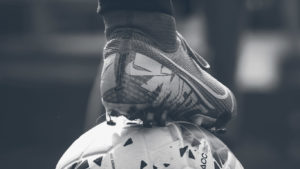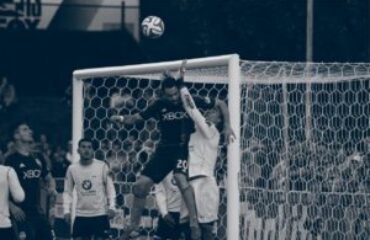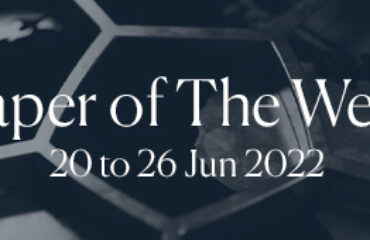THEORETICAL FRAMEWORK
Athletes are commonly required to train and compete under conditions of exceptionally high physical, technical, and psychological demands, resulting in high stress loads being placed on their bodies (Reilly and Ekblom, 2005). As a consequence, they need sufficient time to properly recover from successive training and competition stimuli (Peake, et al., 2017). In this regard, practitioners often search for optimal recovery strategies, able to reduce the time taken to recover (Kinugasa and Kilding, 2009). For example, static stretching (SS) is historically recommended as a recovery intervention, said to minimize muscle soreness following exercise. In soccer, a number of different approaches are frequently used, with two of the most prevalent being active recovery (AR) and cold-water immersion (CWI). However, to date, no study has clearly identified the best or most effective recovery protocol to be used with elite soccer players after soccer matches.
STUDY OBJECTIVES
This study aimed to determine the efficacy of alternative recovery interventions when compared to SS following competitive soccer matches in elite youth soccer players.
MAIN RESULTS
After analyzing the post-match efficiency of three distinct recovery methods on muscle damage markers in 15 young soccer players, the authors reported that
- All indicators of muscle damage increased significantly post-match in comparison to pre-match values, evidencing that competitive soccer matches induce significant muscle damage.
- Immediately post-match, no significant differences between recovery strategies were identified for any markers of muscle damage.
- Importantly, both CWI and AR were able to significantly attenuate markers of muscle damage over a 48-hour period in comparison to conventional SS.
CONCLUSIONS
These findings emphasize the necessity of using effective recovery strategies after soccer matches (and/or specific soccer training practices). In addition, these results confirmed that both CWI and AR are better than conventional SS to provoke significant reductions in distinct markers of muscle damage.
FSI STATEMENTS
- Both AR and CWI methods can be used to accelerate the post-match recovery of young soccer players.
- These recovery methods can be used separately or combined, depending on the time and equipment available, and on the adherence of soccer players.
- The implementation of these methods will certainly speed up the post-match recovery and performance in soccer players.
Reilly, T., & Ekblom, B. (2005). The use of recovery methods post‐exercise. Journal of sports sciences, 23(6), 619-627.
Peake, J. M., Neubauer, O., Della Gatta, P. A., & Nosaka, K. (2017). Muscle damage and inflammation during recovery from exercise. Journal of applied physiology, 122(3), 559-570.
Kinugasa, T., &Kilding, A. E. (2009). A comparison of post-match recovery strategies in youth soccer players. The Journal of Strength & Conditioning Research, 23(5), 1402-1407.





